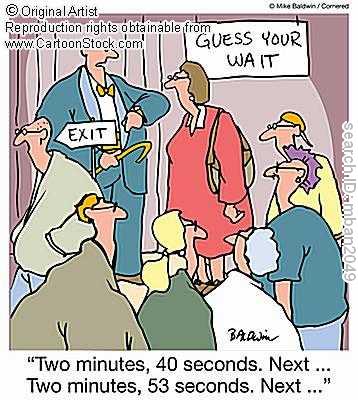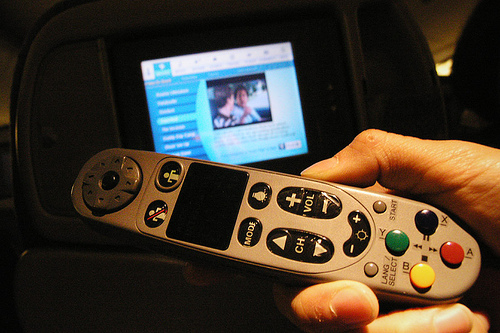Every time you navigate on a website, you have an objective, even when you think you don’t have one. In this Web 3.0 era (the information comes to you before you need to search for it), based on your navigation, simple algorithms can easily identify you as being either in a searching mode or in a buying mode. Furthermore, based on other algorithms related to the order and the type of pages you are visiting, you can also be identified as being either looking for a more hedonic experience or a more utilitarian one. However, whatever your navigation mode is, the experience you are looking for, the amount of time you plan to spend on a specific website for accomplishing your task, and whether you are a freshly retired baby boomer or a freshly hired highly-stressed Wall Street analyst, one sure thing is that when you navigate, you want to be respected, to be treated well as an important user and consumer/future consumer. This last sentence may remind you of a seven-letter word wonderfully spelled by American Diva singer Aretha Franklin in her famous song entitled “Respect”.

Respect is a fundamental aspect of savoir-vivre in human relationships and in any shopping experience, so why should it not be important in an online shopping context? Thus, it is important to take into account that even though the user interacts with the website, every company should not forget that the user interacts with a website that has been created by other human beings. Why should the internal policies of a retail store include a code of conduct toward consumers/potential consumers, whilst there isn’t any such “code” in an online retail store for most companies? In this post, I propose four avoidable cases that illustrate how the lack of respect towards the customers in an electronic setting can be harmful in the long-run.

1. Incompatible Pizza Hut application
I remember this summer an interesting post (in French) by my friend Yasha Sekhavat regarding a new Pizza Hut iPhone application. The description of the application really captivated his attention and when he tried to use it, he discovered that the application could only be used in the United States. What would have been the cost of putting a simple one-line long warning on the page of the application mentioning that the application (API) was not available in Canada? How much time would it have saved to many users? How would it have reduced negative word-of-mouth (NWOM) in Canada, and overseas?
2. Problems with shipping overseas at Amazon.com
A quite similar case occurs when you take 10 minutes of your time searching and selecting on the Amazon website two or three super-techno-trendy-geeky products that you previously heard off via a super-techno-trendy-geeky website. Once you’ve found them, you just press the checkout button and lucky as you are, you find out that these items can’t be shipped in Canada. Once again, how much would it have cost to mention that these items could not be shipped in Canada or overseas?
3. A call-back facility as the last step of a registration process on the Videotron website
This summer I was looking to add a new Videotron service to my already existing bundle. I found on the Videotron website a 5-step process that would take care of my case without me having to take the phone. I was quite happy with this 5-step process until I reached Step 5 which involved an unwanted call-back facility. I finally left no information on the call-back facility and took the phone after having lost 10 minutes filling the first four steps of the online procedure. What a waste of time! How much would it have cost the company to tell me at Step 1 that the last step would involve a call-back facility?
4. Outdated Information on the Best Buy website
I used to like to shop on the Best Buy website or to have a look to see if one item was available at the Best Buy retail store near my apartment before making the trip. However, recently, it happened that not once, but three times, the website gave me wrong information. What is more frustrating than thinking that 6 copies of my favourite video game are still available and finding, once I’m physically in the retail store that these 6 copies are actually part of the next shipping trip arriving in two days? Giving wrong/outdated information is never a good way to show respect to the consumer.
Conclusion
In conclusion, if you want me to respect your company/brand, please alert me before wasting my time. Sometimes, adding a short highlighted sentence on the product page can save lots of efforts to consumers/potential consumers and avoid the spreading of NWOM. So what do you think of these examples? Do you have other examples where a company lacked respect towards you on the Internet?
Jean-Francois Belisle

